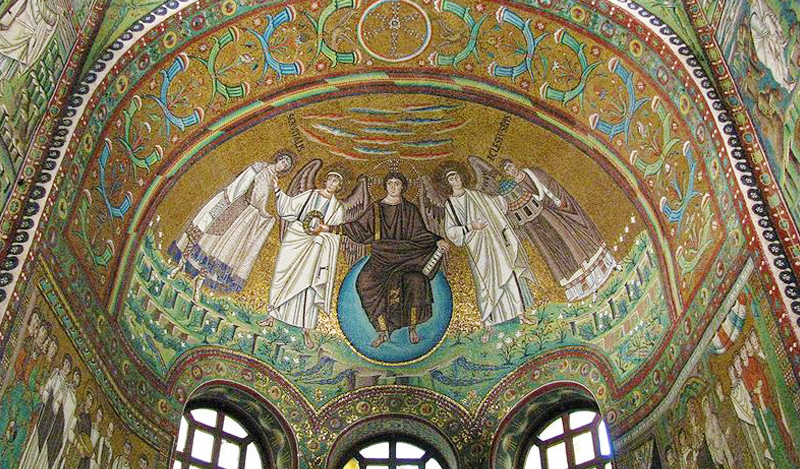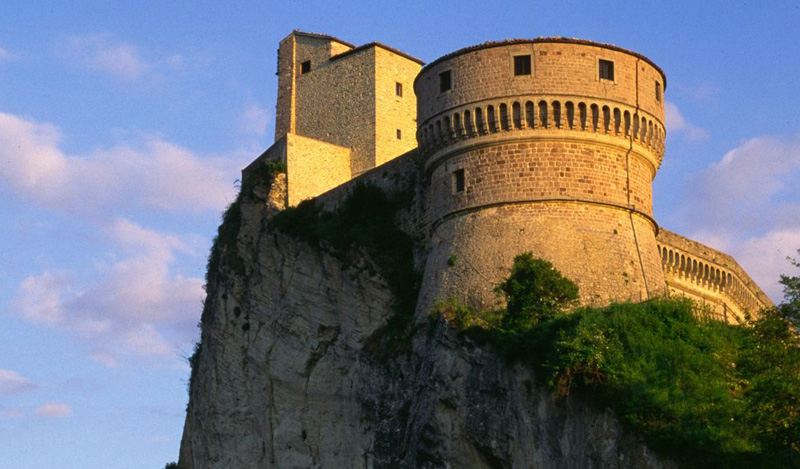
Cesena
One of the most important goals of art in Romagna, Cesena is also a must for lovers of good food and good wine. The Lordship of the Malatesta guaranteed a period of great splendor and donated to the city priceless cultural treasures, architectural and artistic still appreciable. A visit to Cesena can not do without a stroll along the lively streets of the center, Piazza del Popolo, Palazzo del Ridotto, dominated by the bronze statue of Pius VI, the Cathedral of St. John the Baptist, with the Chapel of the Madonna del Popolo and the Museum of Sacred Art which preserves the precious painting of the Madonna of the Pear of Paolo Veneziano, the Theatre "Alessandro Bonci" jewel neoclassic. The cultural offer is completed by the Museum of Natural Science, the Municipal Art Gallery and the Archaeological Museum, one of Centuriazione. On a hill, visible from every part of the city, stands the ancient Abbey of Santa Maria del Monte.










